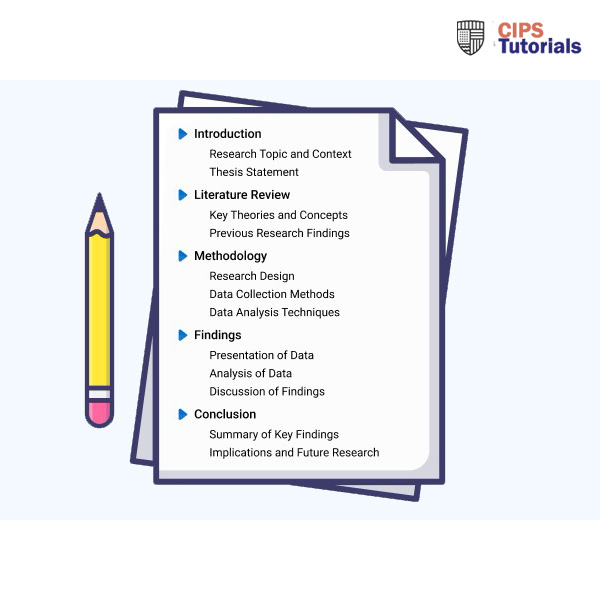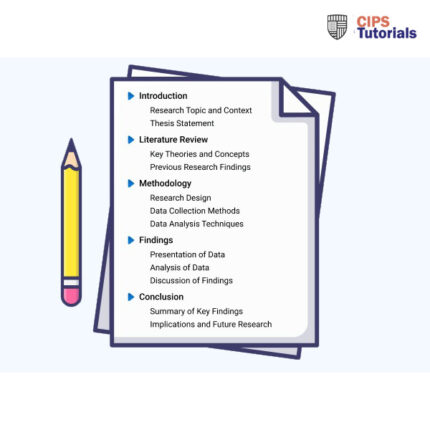Description
Solution
(Solution) 5CO01 (AC2.5) Assess the importance of wellbeing at work and the different factors which impact wellbeing
Importance of wellbeing at work
Through an active implementation of employees wellbeing, this is critical to influence employees performance, how they are engaged and retained. According to CIPD (2024e), by prioritising employees health and wellbeing in modern entities, an appreciation is achieved leading to highly committed and productive employees in their functions. For example, in Saudi Aramco, health and wellbeing enhance their employees readiness to execute their functions reducing absenteeism and failure to participate in their functions.
Impact when wellbeing is lacking
In an event an organisation neglect the embrace of effective wellbeing, this could have immense implications. According to CIPD (2023a), this could lead to increased stress levels hence reduced retention of the employees. Also, their overall morale would be reduced in the organisation setting successfully. As evidenced in CIPD (2024e), having a reduced scope of health and wellbeing lead to a significant hostility in work environment with different members in an organisation conflicting with each other. Cumulatively, lack of effective wellbeing both impact on performance and brand image of an organisation for enhancing attraction and retention of best staff.
Good Working and Impact on Wellbeing
In line with CIPD report CIPD (2024e), concept of good workplace is critical for improving staff wellbeing. In organisations offering equality and fairness in rewards and benchmarked pay, their stress levels would increase and risks of stability of their financial wellbeing. Further, through assured continuous development, the employees end up improving their skills which positively affect their health mentally and physically. This in turn enhance their commitment and satisfaction in execution their functions.
Please click the following icon to access this assessment in full
Related Papers
(Solution) Oakwood International 5CO03 Task One –Professional and ethical behaviours
Task One –Professional and ethical behaviours
This task requires you to consider the significance of professional and ethical behaviours for a people practitioner and the values that underpin the people practice profession. To complete the task, you should provide a written response to each of questions below, making appropriate use of academic theory and practical examples to expand your response and illustrate key points.- With reference to typical activities and behaviours, appraise what it means to be a ‘people professional’. (AC 1.1)
- Discuss how ethical values underpin the work of a people professional, including two examples of how ethical values might be applied in a people practice context. (AC 1.2)
- Consider the importance of people professionals being able to influence others and ensure that the ‘people practice voice’ is heard in an organisation, through informed, clear and confident communication. (AC 1.3)
- For each of the situations below (a & b), provide an example of an issue that would cause you to raise the matter to a manager (or other authority) - and describe how you would do this.
- a) where you consider something to be unethical (whether or not it is illegal),
- b) where you believe something contravenes legislation. (AC 1.4)
- Discuss two theories or models relating to the human and business benefits of people at work feeling included, valued, and fairly treated, concluding your discussion with a summary of your own view of these benefits. (AC 2.1)
- Discuss two ways in which a people professional can build inclusivity into a people practice initiative at the design stage, and two ways of checking inclusivity after a people practice initiative is implemented. (AC 2.2)
(Solution) 3CO02 Principles of analytics Learner Assessment Brief Assessment ID / CIPD_3CO02_23_01
(Solution) CIPS APSS Module: Strategic Supply Chain Management
- The supply chain map for leasing cars at Emirates Transport provides the flow of information across the tiers.
- The map increases visibility and reduces the shocks and disruptions in procurement and supply chain management. However, the company has not developed effective mitigation strategies for the shocks and issues that emanate from the external environment.
- For instance, COVID-19 and the sustainability issues have affected the procurement and supply chain management process, particularly the strategic and leverage products.


